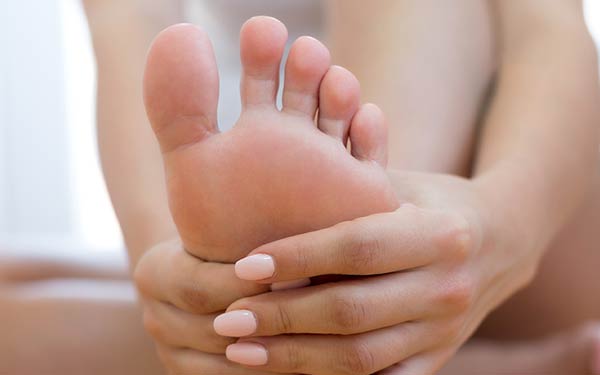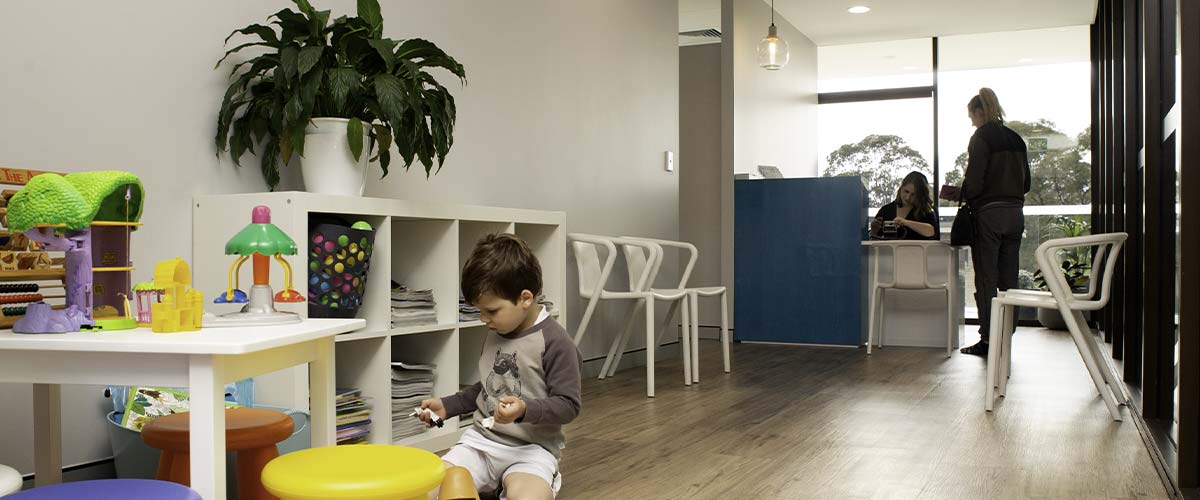Bursitis

What are the symptoms of bursitis?
- Localised swelling, redness, warmth, tenderness and pain
- Walking, running, and jumping may be especially painful in one part of the foot
- Range of motion may be limited in a particular joint in the foot
What is bursitis?
A bursa is a small sac filled with fluid that cushions tendons, ligaments, muscles and skin from a bone. It protects them from rubbing directly across the bone surface and causing irritation or damage, and it also acts as a shock absorber. As your feet each contain 26 bones and over a hundred muscles, tendons and ligaments, they also need many bursae to work painlessly through the motions of your everyday activity.
Bursitis is inflammation of a bursa. Movement of tendons and muscles over an inflamed bursa aggravates its inflammation and causes even more pain.
There are a number of metatarsal bursae on the bottom of the foot near the base of the toes. If these bursae become inflamed or irritated this is called intermetatarsal bursitis.
What causes bursitis?
- Bursitis in the foot generally can be brought on by direct trauma during falls, slips, sports and other impacts.
- The main cause of bursitis in the forefoot is irritation from repetitive use and overuse, such as during prolonged standing or running.
- Direct pressure applied to an area over a bursa, such as from footwear or socks that are too tight, can also cause bursitis.
- Some foot and gait abnormalities such as overpronation, abnormal toe joints, flat feet, hammer toes or bunions can place additional stress on the bursa and lead to bursitis.
- Inappropriate footwear during high-impact running, walking, and jumping can increase the amount of shock absorbed by the bursae.
- Obesity can also increase the stress placed on a bursa.
How can I relieve the symptoms of bursitis?
- Wear shoes which are sufficiently broad across the forefoot
- Don’t lace the front part of your shoe too tight
- Make sure your feet are in supportive shoes that do not squeeze your forefoot
- If possible, try to avoid shoes which taper towards a point.
How does a podiatrist treat bursitis?
Our podiatrist may assess your gait pattern and look at your usual footwear, and may refer you for an ultrasound or X-ray. If they diagnose your condition as bursitis, they may recommend rest, ice and elevation. You will be advised to avoid compression which only creates more friction around the joint.
Further treatment may include one or more of:
- Footwear advice
- Orthotics
- Dry needling
- In more severe cases, a referral for surgery.



